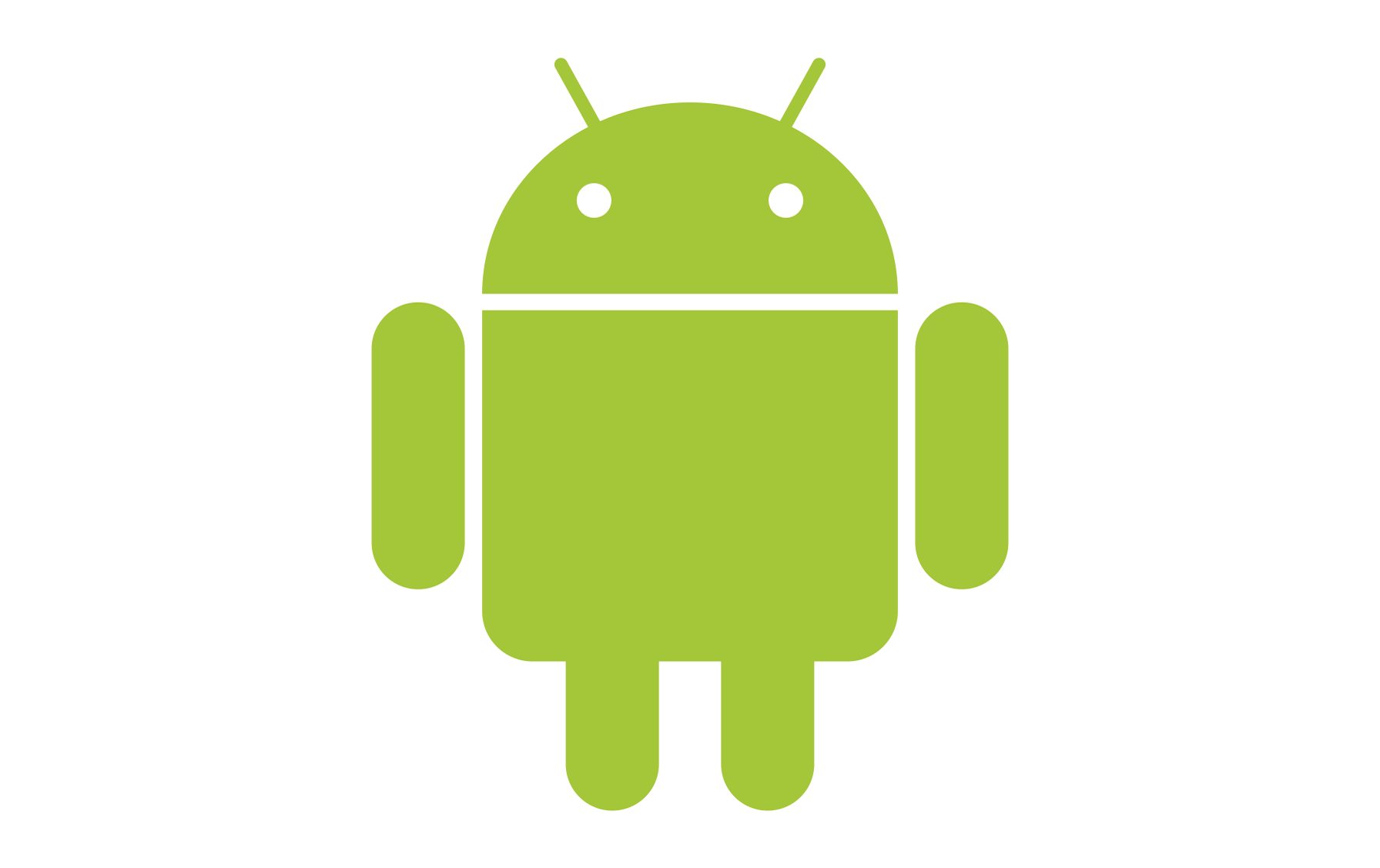Android is not just about high-end and whopping expensive smartphones. It targets a wide audience by running on budget phones and tablets. In its short yet eventful lifespan so far, several versions have been shipped making fragmentation of the platform a major headache for Google, businesses and Android developers. This problem makes applications not just difficult to develop, but horribly expensive to maintain and market.
Google realizes that defeating fragmentation will help Android beat arch rival iOS. Well, iOS devices are famed for consistency across generations. With the launch of Android KitKat 4.4, Google is trying to take over complete control of the software stack and beat the issue of fragmentation. But this is not a new phenomenon. Last one year has witnessed more services becoming standalone apps, instead of being a part of the firmware. Now apps can be updated via Google Play. With this move, Google is trying to clear off the maze that involves waiting for new version, to handset manufacturers, to all the way down to the carriers before being made available to the public.
On a strikingly different method, it is now about pushing the updated app into Google Play Store and automatically update apps from the Play Store (and we are talking about tons and tons of Android handsets). Then code will roll out throughout the ecosystem.
Google has now partially sidetracked the process where many people will focus on phones who have updated the firmware in the Android. Suddenly the factors which required clearing the network certification processes and rolling out changes to apps, as well as the library features in Android are not part of the package. Update is now completely under the control of Google.
How does Google beat the fragmentation issue?
Now the actual changes/updates will take place in packages such as Google Play Services, Cloud Message, and location-based APIs. Given that most of customers have moved over to newer Android devices and have access to the version of operating system where apps can be updated by Google, it will be easy and simple without being bogged by the networks.
There will be older handsets such as the Samsung Galaxy Nexus that may not get Android 4.4 KitKat. Users that buy cheap off-contract devices from prepaid service providers are still getting outdated technology with a little hope of an update. These devices will continue to lag behind by a year or two, and there is very little in Google’s hands. However, new Android handset will give Google more flexibility to avoid fragmentation across the platform as the code is updated.
Conclusion
Now Google is taking its fight against fragmentation to the next level by further reducing the system requirements for Android KitKat. Google has now made it possible to run KitKat on low-cost devices. You don’t have to get a freaking expensive Android device to experience the power of performance and the latest features. KitKat is turning out to be a sweet deal for users.

